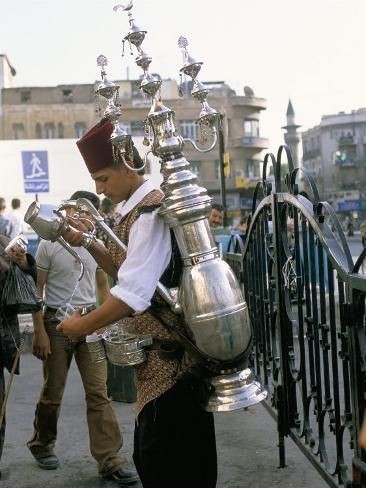#egypt history
Text
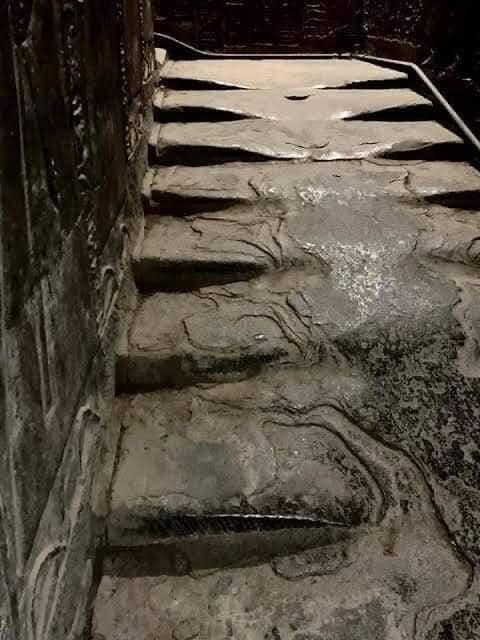
These stairs in the Temple of Hathor in Egypt melted and no one knows why…
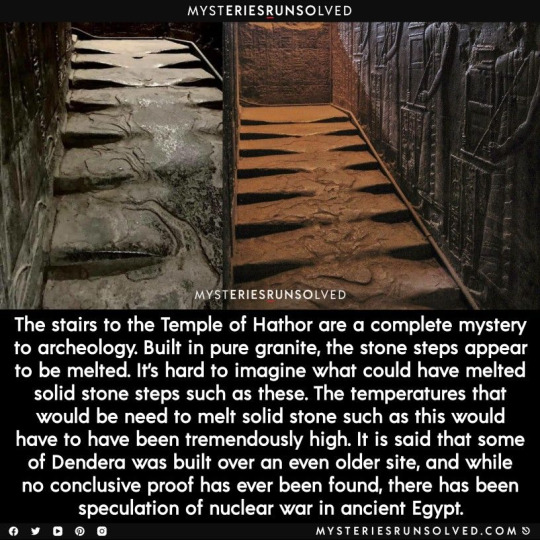
172 notes
·
View notes
Text
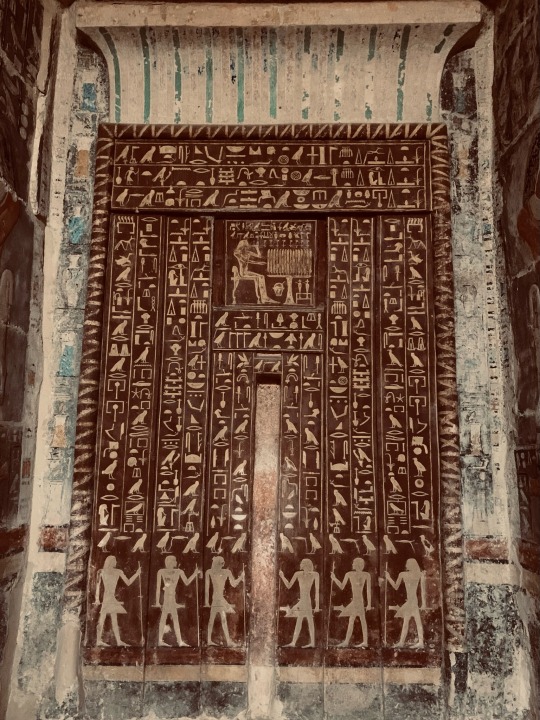
False door from the tomb of Mehu. False doors are not actual doors; they are instead representations of doors, the function of which was to allow the spirit of the deceased to go in and out. They were a focal point for offerings.
#tomb of mehu#travelswithasword#ancient egypt#egypt#egypt history#egyptian#cairo egypt#egyptphotography#egypt holidays#cairoegypt#Cairo#giza#giza pyramids#giza egypt
699 notes
·
View notes
Text
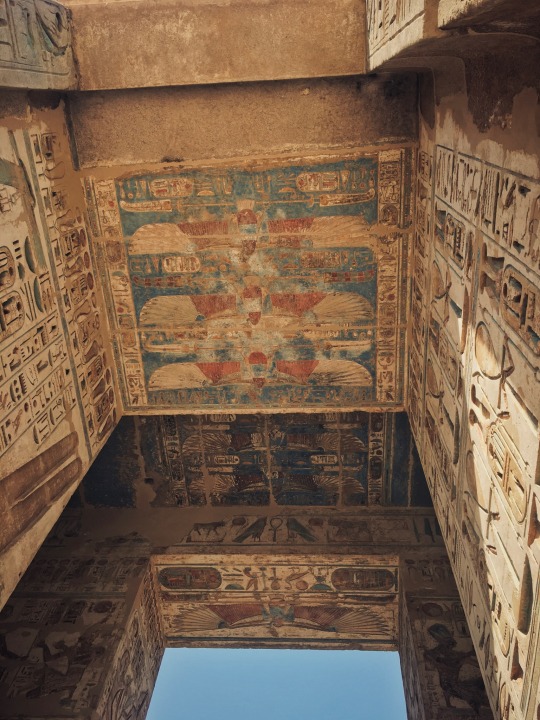

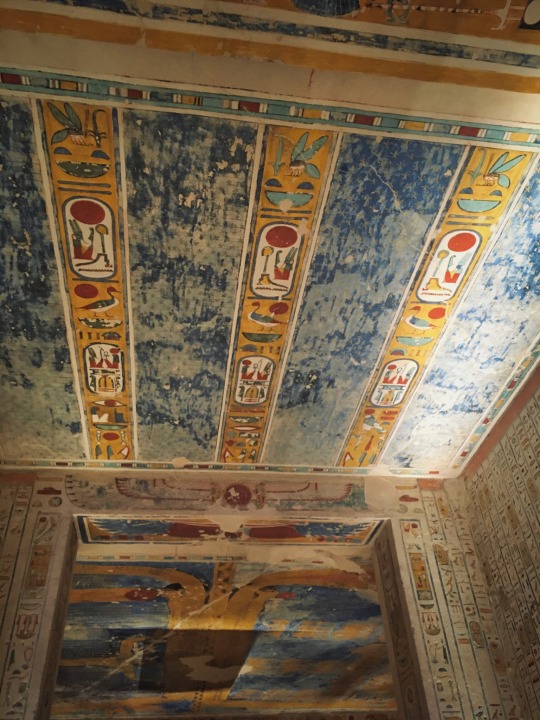
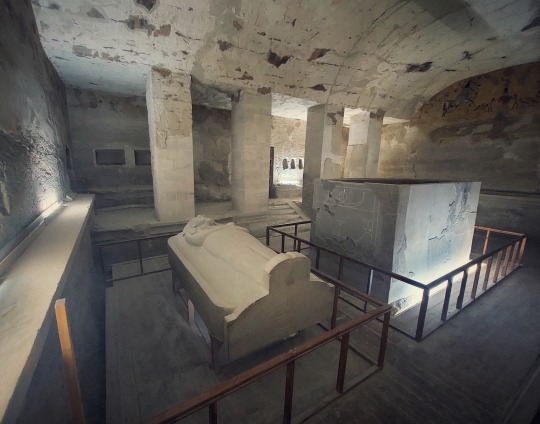
Luxor, Egypt ..
Shot & Edit by me @un-known97
#마드#mobilephotography#artistontumblr#architecture#pharaoh#Luxor#Egypt#temples#photoshop#phtography#my phoyography#art#egypt history#egypt travel#ancient#artist#photography#photo#travel#movie#aswan#colorful#tomb
905 notes
·
View notes
Photo
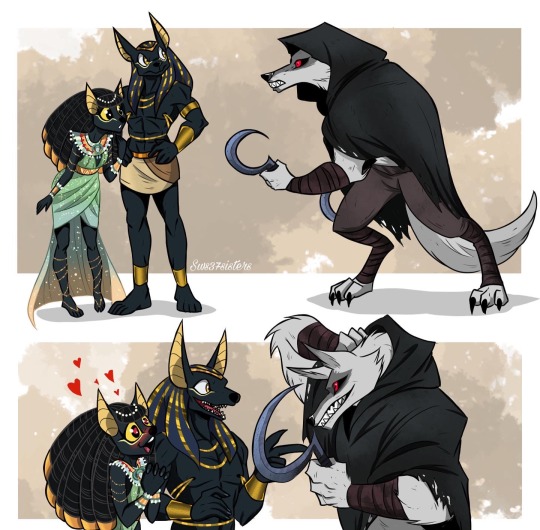
Anubis meets death
bastet in love with him ❤️🤭
#puss in boots#puss in boots2#puss in boots death#puss in boots wolf#anubis ma'at#anubis#bastet#egyptian#egypt history#egyptin mythology#fan art#artists on tumblr#furry#anthor#wolf#draw
289 notes
·
View notes
Text


The Egyptians believed the most significant thing you could do in your life was die.
#ancient egypt#egyptian gods#egyptian mythology#steven grant#moon knight#cunk on earth#philomena cunk#museum#museum aesthetic#history#egypt history#egyptology#the egyptian
18 notes
·
View notes
Text

Shabti of Pharaoh Seti I. Dynasty 19, reign of Seti l, C. 1294-1279 BCE. Tomb of Seti I, Valley of the Kings, Thebes, Egypt. Blue faience
#egyptian art#ancient egypt#egypt history#egyptian culture#ancient artifacts#ancient art#antiquities#ancient history#ancient culture#aesthetic#beauty#Egypt#artifacts#historical artifacts#Egyptian artifacts#art history#aesthetictumblr#tumblraesthetic#tumblrpic#tumblrpictures#tumblr art#tumblrstyle#artists on tumblr
36 notes
·
View notes
Text

Как на самом деле умер Эхнатон / How Akhenaten actually died
Ra: Hey, sucker, where are my sacrifices?
#egyptian mythology#egyptian#egypt#ancient egypt#ra#osiris#thoth#osiris god#ra god#thoth god#akhenaten#akhenaton#comics#history#egypt history
26 notes
·
View notes
Text

Egyptian bronze cat, 6th century BC, Dynasty XXVI. Originally in the Collection of Nessim Bey of Egypt.
From an ad in the February 1977 issue of Apollo magazine
83 notes
·
View notes
Text
Nefertari

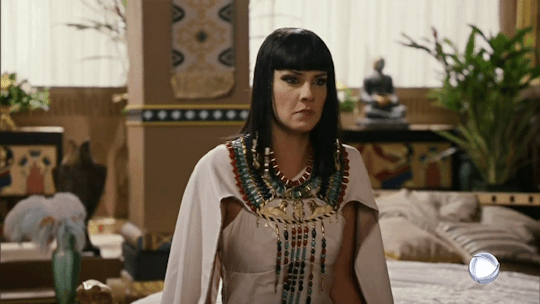
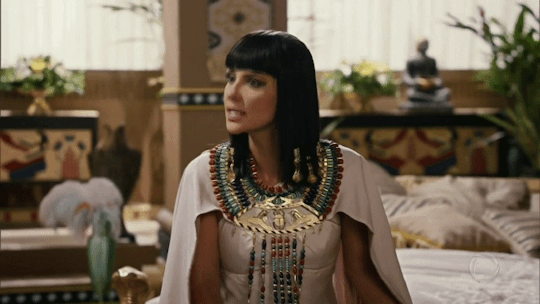

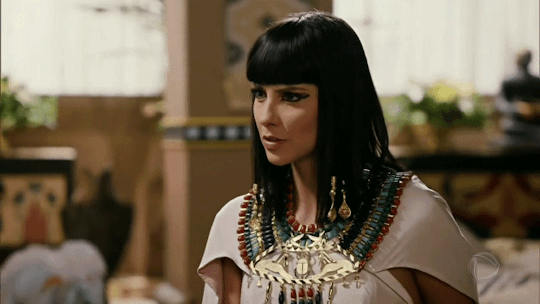

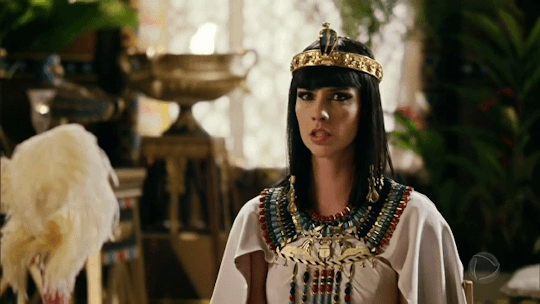

#history#reina de egipto#reina nefertari#moises y los diez mandamientos#camila rodrigues#Nefertari#queen of egypt#ancient egypt#egyptian#egyptology#history of egypt#Egypt history#brazilian
32 notes
·
View notes
Text

Historically accurate furry
#artists on tumblr#digital artist#digital art#egypt history#egyptian mythology#egyptian mythos#egyptian gods#sekhmet#wip
20 notes
·
View notes
Text

Tomb of Mehu in Saqqara, Old Kingdom
Checking if the cup is *really* empty
#tomb of mehu#egypt travel#ancient egypt#egypt#egypt history#egyptian#egypt holidays#egyptphotography#cairo egypt#egyptology#Cairo#saqqara#tomb#old kingdom#archaeology
27 notes
·
View notes
Text
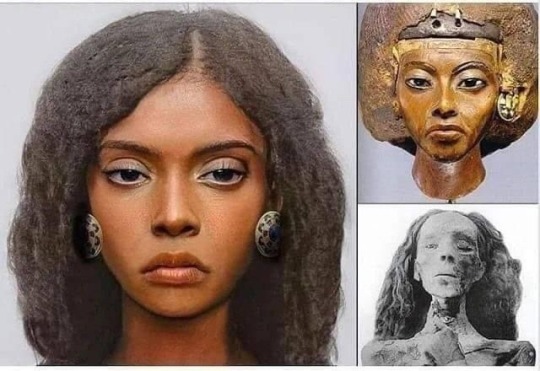
Tiye (also known as Tiy, 1398-1338 BCE) was a queen of Egypt of the 18th dynasty, wife of the pharaoh Amenhotep III, mother of Akhenaten, and grandmother of both Tutankhamun and Ankhsenamun. She exerted an enormous influence at the courts of both her husband and son and is known to have communicated directly with rulers of foreign nations. The Amarna letters also show that she was highly regarded by these rulers, especially during the reign of her son. Although she believed in the traditional polytheistic religion of Egypt, she supported Akhenaten's monotheistic reforms, most likely because she recognized them as important political stratagems to increase the power of the throne at the expense of the priesthood of Amun. She died in her early sixties and was buried in the Valley of the Kings. Her mummy has positively been identified as that known as the 'Elder Lady', and a lock of her hair, possibly a keepsake of the young king's, was found in Tutankhamun's tomb.
29 notes
·
View notes
Photo


Father and son
#anubis ma'at#anubis#egyptian#egypt history#gods of egypt#egyptin mythology#prince of egypt#god anubis#anthor#furry commissions#furry anthro#furry dog#fan art#artists on tumblr#my oc art#fanart#furry animals#commission
235 notes
·
View notes
Text

No way, is this Akhenaten again? Yes.
6 notes
·
View notes

